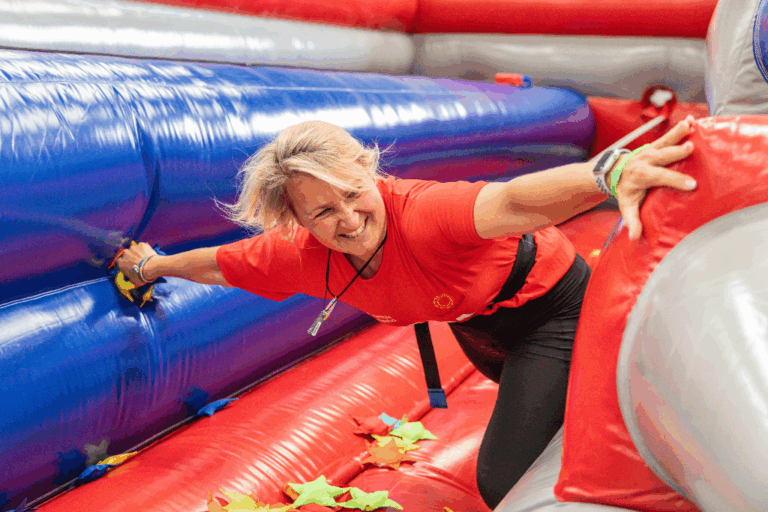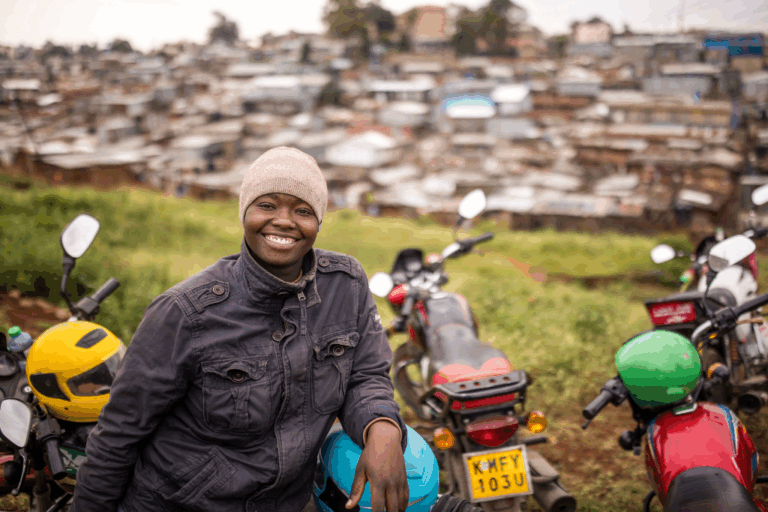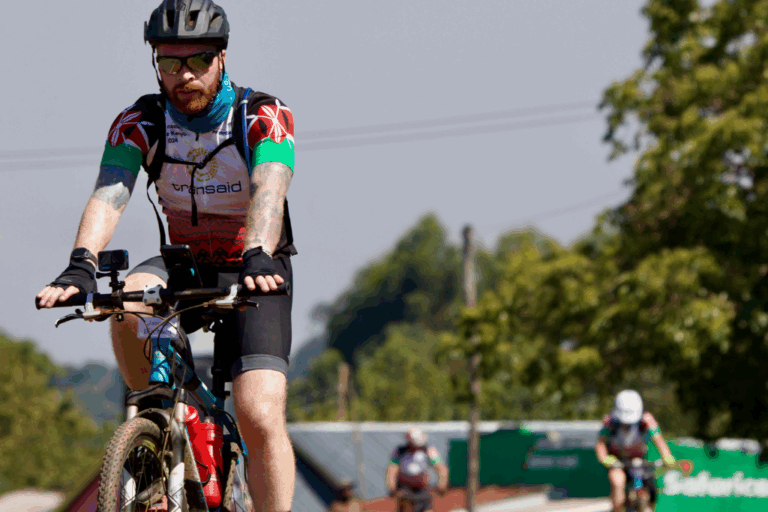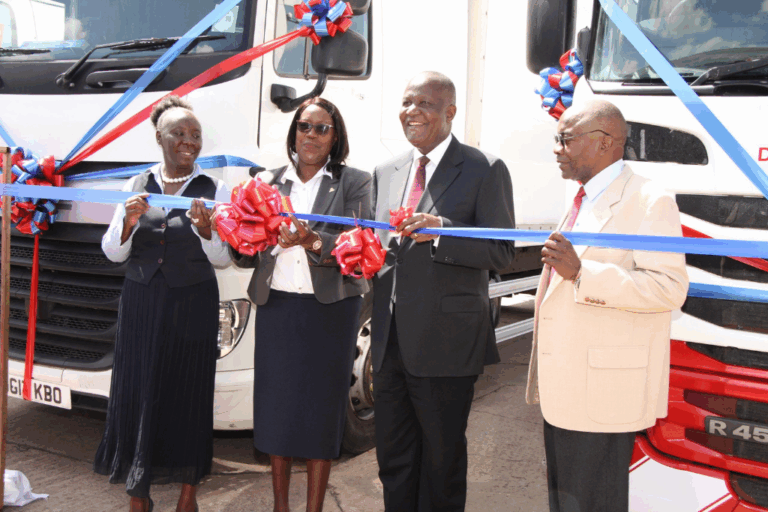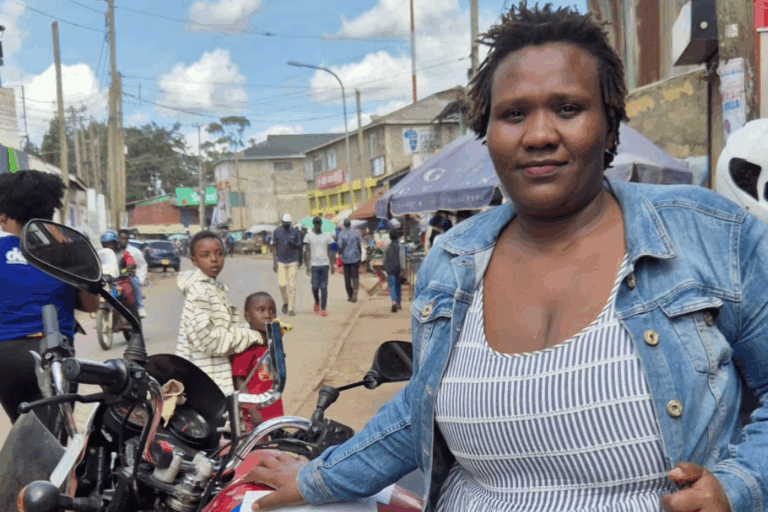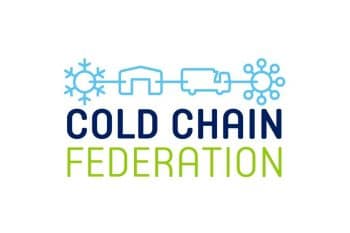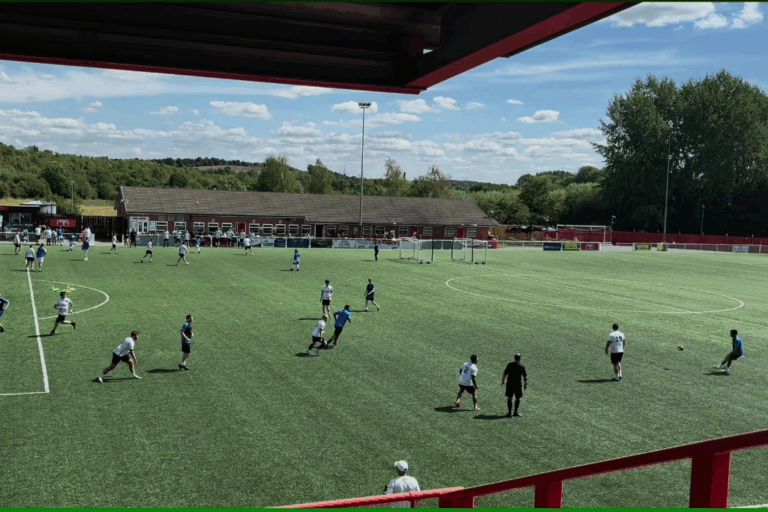
News

Alexandria’s family has seen the difference MAM makes.
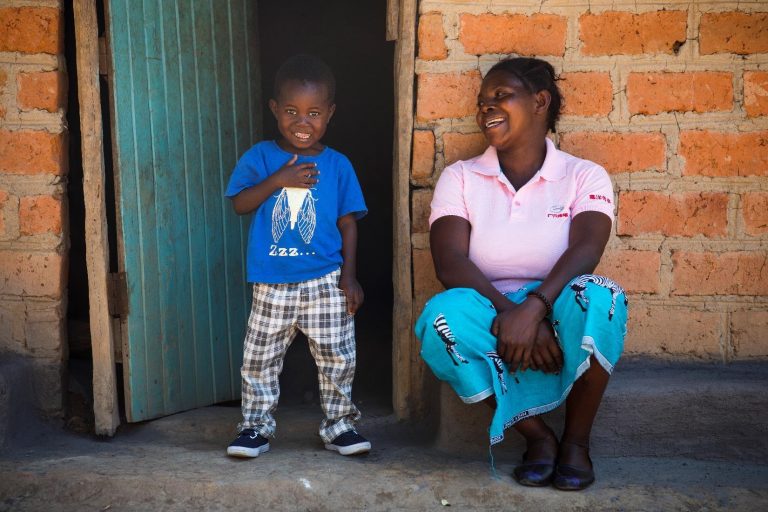
Africa is home to 94% of all malaria deaths. Children under five are the most at-risk group, accounting for 67% of malaria deaths worldwide (according to the WHO World malaria report, Dec 2019). Since its inception in 2017, MAMaZ Against Malaria (MAM) has been working to reduce severe malaria deaths in children by educating families on spotting its symptoms, and enabling them to access the appropriate medical treatment quickly with bicycle ambulances.
At the end of 2018, the MAM pilot recorded a staggering 96% reduction in child mortality from malaria in Serenje District, across a population of 54,000 people. Since then, the programme has been scaled up with investment and drug procurement from the Zambian Ministry of Health, reaching over five times the number of people – the figure currently stands at 283,000 – across 355 communities in Zambia. One of these communities is Fitebo, home to Sharon, Billey, and their son, Alexandria.
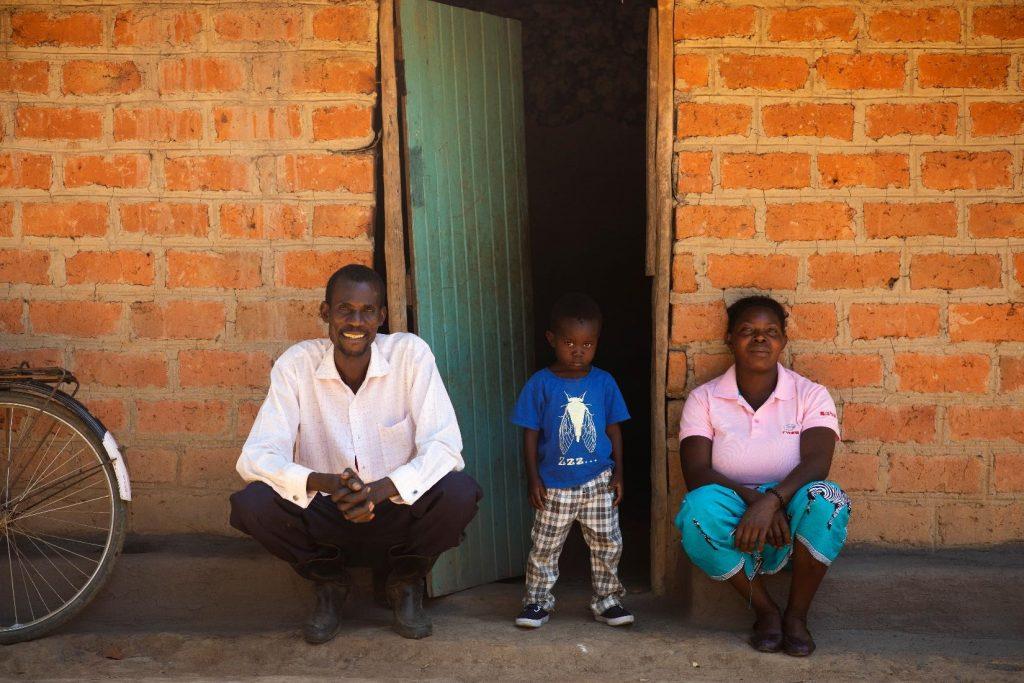
When one year old Alexandria fell ill, his mother Sharon knew something was wrong when she felt his temperature. Discovering he had a high fever, she remembered what she had learnt from her local Community Health Volunteers (CHVs). Previously, she had been taught to spot some of the danger signs of severe malaria, such as fever, excessive vomiting, and refusing food. She knew his fever meant she should seek help rather than keeping him at home. Putting Alexandria on her back in preparation for the journey, Sharon suddenly felt a pull on her shirt. Pulling him back in front of her, she saw that her son was fitting.
Sharon was scared for her son, but had hope “because of what the CHVs had taught me”. Recognising the danger signs of severe malaria, she knew she was doing the right thing by seeking help from a CHV. She had sent another child ahead of her to find Charity – the closest CHV – at her home. Upon hearing the news, Charity told Sharon to stay put as she would come to her instead. The CHV arrived to do a rapid diagnostic test (RDT) on the boy, which immediately confirmed that he had malaria. A rectal artesunate suppository (RAS) was then administered, and a referral note written for the nearest health facility.
They rushed to the bicycle ambulance custodian’s house, looking for a way to get to the health facility. However, upon arrival they discovered that the bicycle ambulance was currently in use carrying another case. Undeterred, Sharon hurried back to the house, fixed her own bicycle and set off for the facility herself, her son strapped to her back.

The journey took two hours. When they reached the health facility at midday, Alexandria was immediately put on an IV drip and finished the course of treatment. He was so ill that he had to stay at the facility for three days. Even after he was discharged, Alexandria’s recovery was slow. He had just started walking when he fell ill, so he had to learn to walk again when he returned home. Even now, he occasionally still gets feverish.
Alexandria has eight brothers and sisters. A long time ago, one of his brothers also had suspected severe malaria, when he was three years old. At the time Sharon didn’t know what to do. Without the teachings of the CHVs to guide her, she hadn’t taken him to a health facility and instead tried to heal him with common herbs. Thankfully, he recovered and is now at college, but his story serves as a reminder about the lack of education at community level before the introduction of MAMaZ Against Malaria (MAM).
Today, Alexandria is a mischievous three year old who likes running and playing. Sharon says that life has changed dramatically since MAM arrived in her community: “We used to walk 7, 10, even 12 kilometres to get to the health facility, but now we have help in our community just a few kilometres away.”
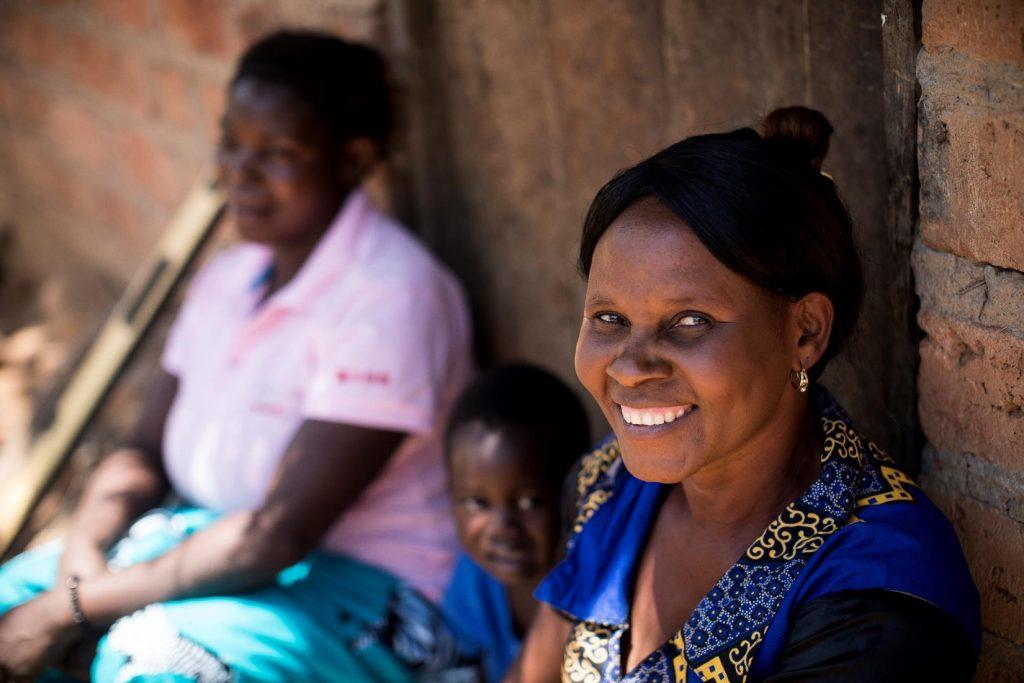
Recent Posts



